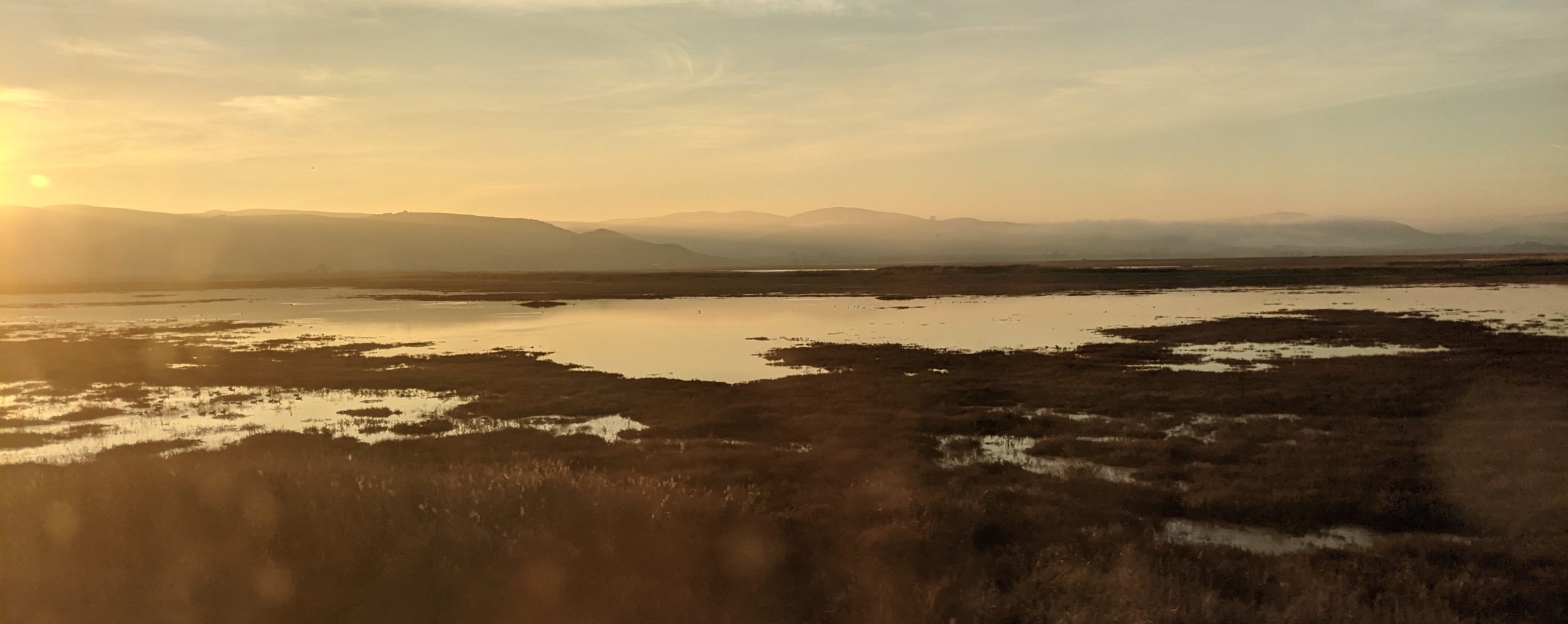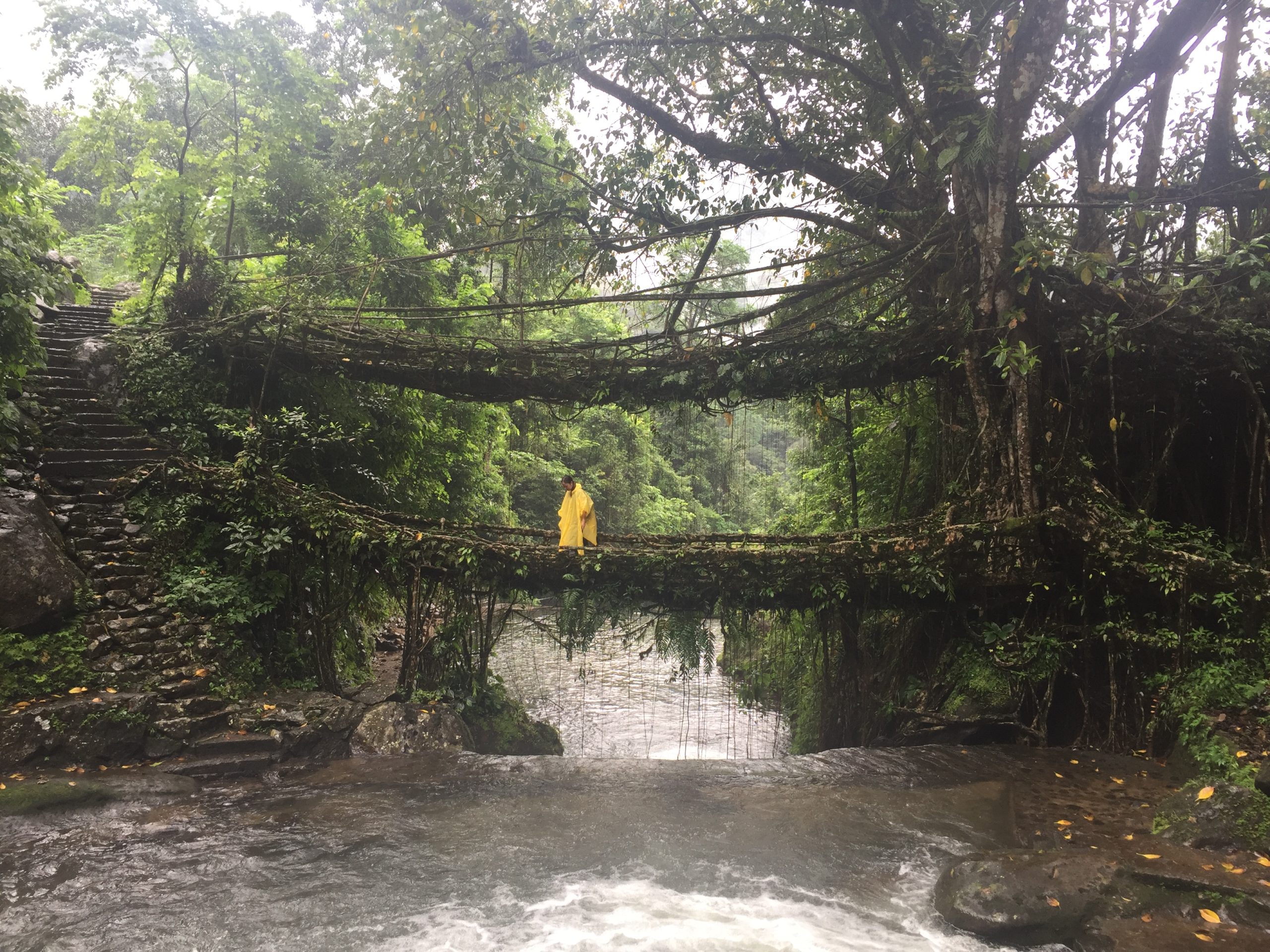The travel blog is back! After barely leaving Delhi for the first half of 2019, I’ve been able to take a lot of trips since September. Since I find blogs from other travellers, and solo female travellers specifically, invaluable, I’m hoping this might be helpful!
The first solo trip I took in India was to Meghalaya, in September.
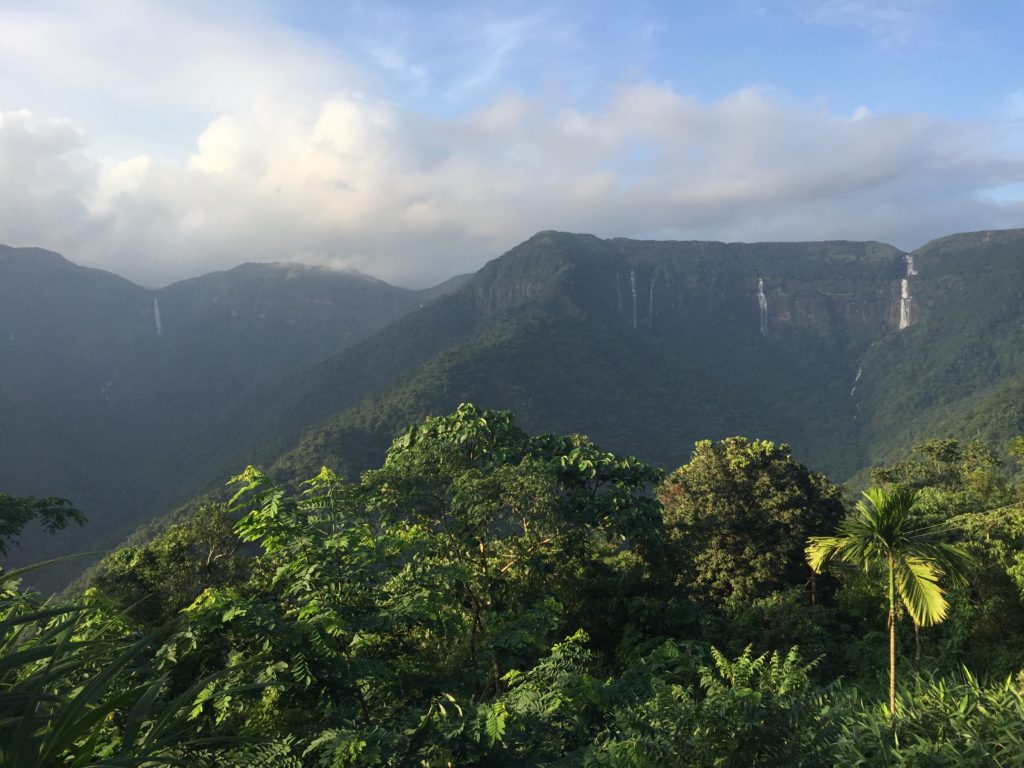
Meghalaya is one of the eight North Eastern states of India, located in (you guessed it) the northeastern corner of the country. These states have a unique culture with large indigenous tribal populations, large religious minority groups, and cultural influences from mainland India, Central Asia, China, Nepal, and Myanmar. In November, I was able to go to a North East festival in Delhi and learn about indigenous languages, festivals, clothes, and music in a few of the eight states. Someday I hope to host some blog posts that go more in-depth into the history, cultures, and languages of this region of India, but I’m not qualified to write them at this point (if anyone would like to guest blog, please let me know!).
The North Eastern states are generally hilly and thus not as well-connected by rail as the rest of India. They are also famous for nonvegetarian food (particularly pork) which I sadly don’t eat.
Meghalaya is known for being a safe state for women travellers in part because the two largest tribes, the Khasi and the Garo tribes, are matrilineal (though this is not the same as matriarchal). I was also interested in discovering more about this area because I’ve met a lot of people from the North East in Delhi, and as an East Asian, I am often mistaken as being from there. So I decided to go.
Places I went: living root bridges, waterfalls, and Shillong
Living root bridges
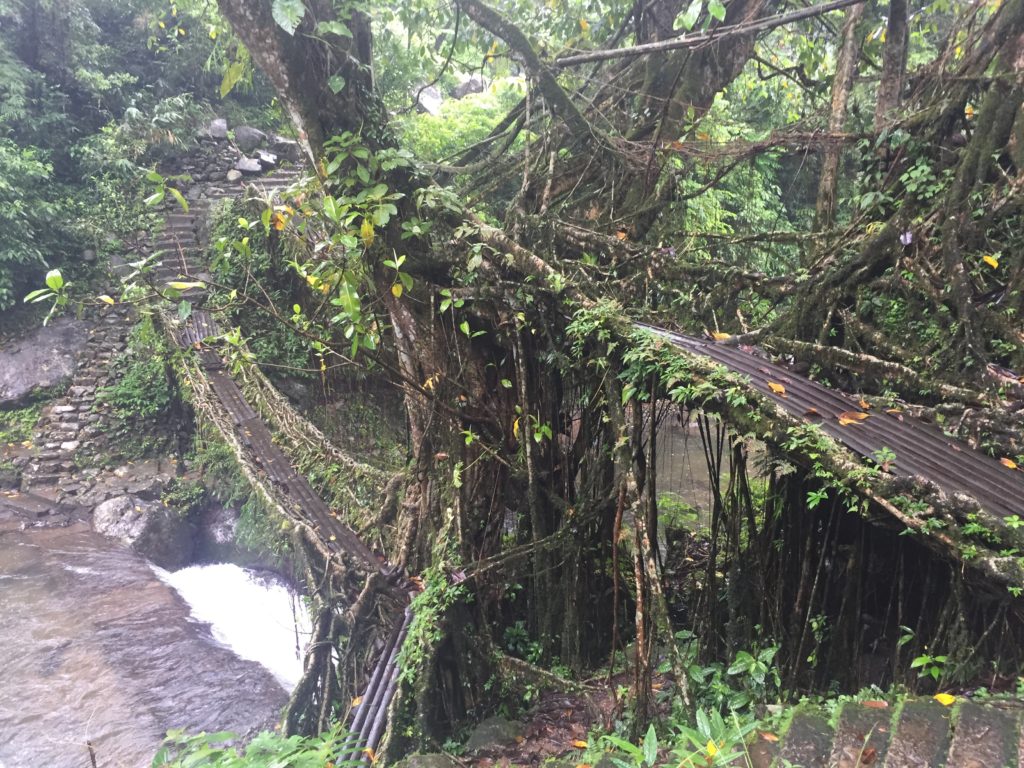
Meghalaya is beautiful: full of tropical rainforests, greenery, and waterfalls. Even the ride from the airport in Assam is lovely, full of palm trees and ferns as you make your way up into the hills. As you might expect, it’s very rainy: Cherrapunji (Sohra), about two hours north of the capital Shillong, is one of the rainiest place on Earth.
The main tourist attraction (and for good reason) in Meghalaya are the living root bridges. In Cherrapunji and the surrounding areas, normal wooden bridges will rot because of the rain. And there are a lot of rivers to cross. Thus, people grow bridges by attaching tree roots to structures. The bridges take decades to grow. The most famous of these is the double-decker rootbridge near Nongriat village, which was created when excessive rain flooded the bottom bridge.
You reach the bridge from Tyrna village, which you can either take as a day trip from Cherrapunji (make sure to leave early in the morning!) or stay in a hotel or home stay in the village itself, as I did. At the trek to the homestay local guides will guide you for a fixed rate of 1400 rupees to the bridge and Rainbow Falls (45 mins to 1.5 hours hiking past the falls), and you should definitely go to both.
The walk begins by descending three thousand steps into the jungle. The view from the ridge even before that, half into the valley, gives a view of a cliffside full of waterfalls, by moments sunny or full of mist. You’ll pass another living root bridge on the way to the double-decker bridge, and then walk through Nongriat village, where there are one or two homestays. Dozens of yellow and blue butterflies, some as big as my hand, fly around the path.
I’d recommend getting to the root bridge early. When we reached around 9:00, there was no one there — a couple hours later, when we returned from Rainbow Falls, the bridges were quite crowded. The path up until the root bridges is all paved, but to Rainbow Falls it’s a hiking trail. Many people who visit the root bridges don’t go to the falls, but it was probably the loveliest place I visited in Meghalaya (you can see a panorama image of the falls in my blog cover photo!).
The three thousand steps back up are difficult, but there are little shops around the way with flavoured water and juices, including alo fruit, which is fruit juice with aloe vera pieces and is my favourite thing in Delhi, making it more bearable.
The whole trip took me about 5 hours round trip, including an hour long break at the bridges and then waterfall, mostly because I didn’t want the guide to get bored so I went at his pace — in retrospect I shouldn’t have done this considering he was 19 years old and led this trek 3 times a week. I could barely walk the next day. He said I was the fastest tourist he’d ever guided so at least my ego, if not my body, remained strong.
Waterfalls
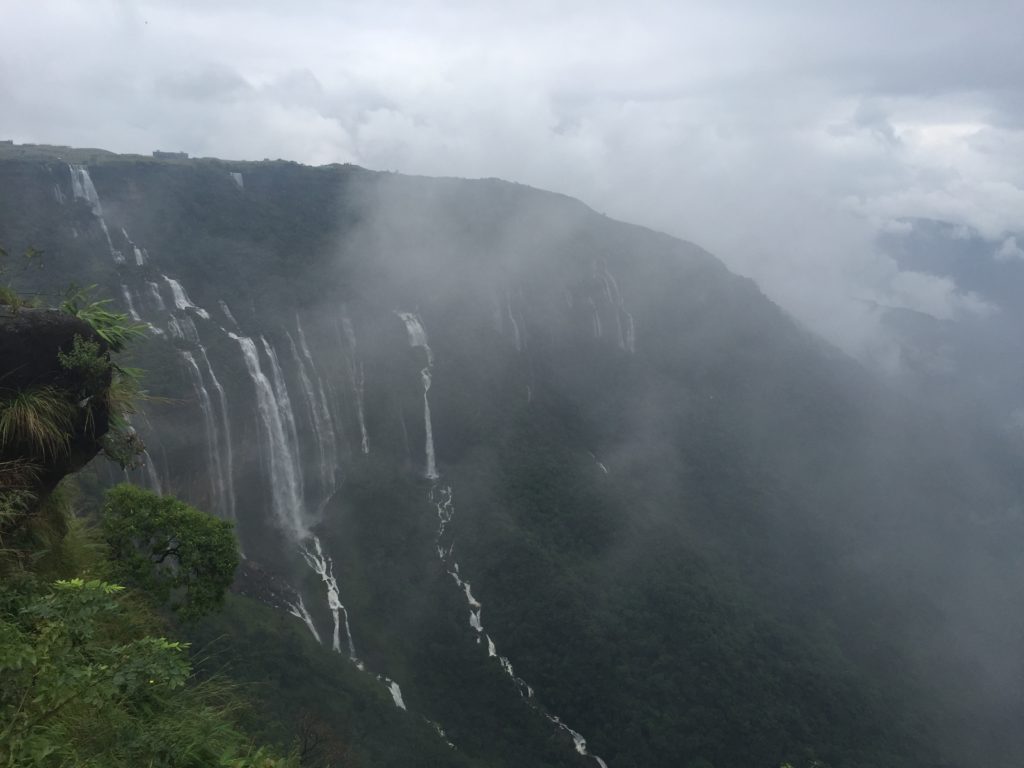
I also visited a lot of waterfalls. Meghalaya has incredible waterfalls, including the highest in India, Nokhalikai falls. Many of these waterfalls are surprisingly easy to reach — some of them are literally on the roadside from Shillong to Cherrapunji — and the big ones are all within half an hour’s drive of each other. This comes with the potential downside, though, that these waterfalls are crowded: don’t expect peace and quiet, but do expect snacks and tea.
My favourite was the Seven Sisters falls. You couldn’t see the valley the first fifteen minutes we were there, until a great wall of mist emerged from the mist, flowing from it dozens of falls.
Shillong
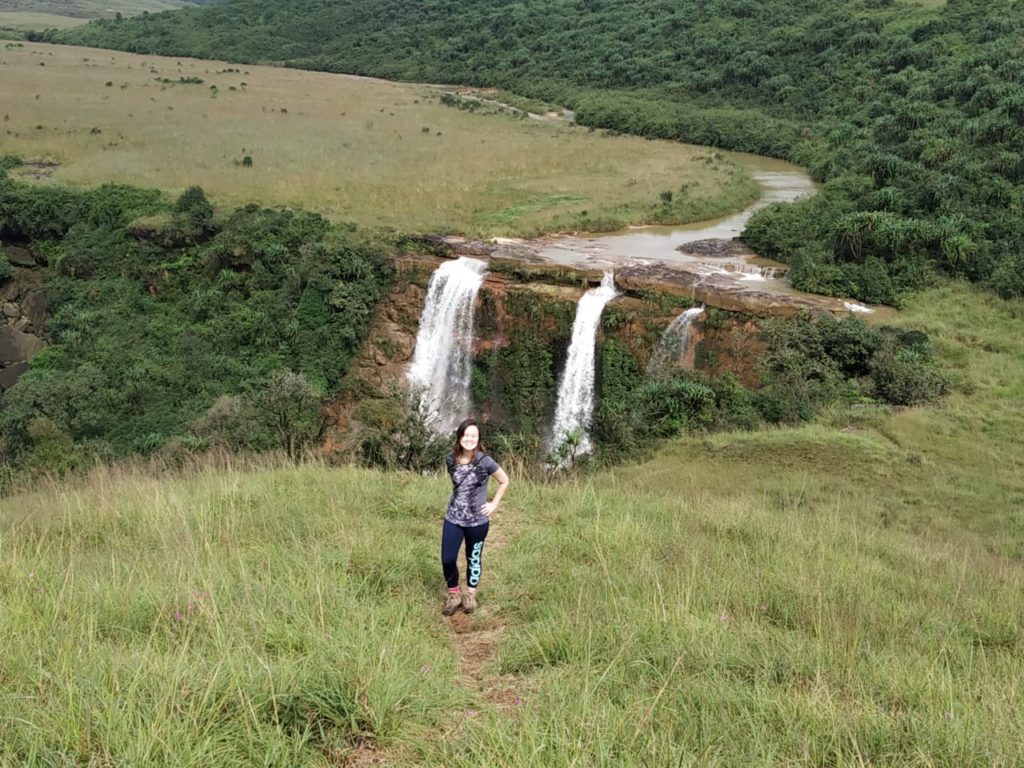
Finally, I spent two evenings in Shillong, the capital city. I don’t have many recommendations on what to do, besides going to Police Bazaar for shopping (I only bought gulab jamun, it was a mistake to not get a shawl) and The Grub in Laitumkrah Market for surprisingly good potato wedges and pizza bagels — better than Delhi — plus beef burgers, if you’re into that.
The thing that struck me most about Shillong after seven months straight in North India was how many women are on the street at all times of day and evening (well, until everything shuts down at 9 — night comes early in the North East because all India is on the same time zone), and how friendly everyone is. I had some interesting discussions with cab drivers about religion. I also heard there’s a big rock music scene, which I sadly wasn’t there long enough to experience.
In terms of food, the North East is famous for nonvegetarian food, but as a vegetarian I found the dal/roti/sabzi meals, spicy chutneys, and especially the cinnamon tea to be excellent. Don’t be scared if you’re veg, there’s a lot of vegetables.
Places I did not go
The place I most regret missing was the David Scott trail. I heard it’s a bit remote and not recommended for solo travellers.
I also regret not being able to go to the Don Bosco museum of Indigenous Cultures in Shillong — tip to NOT only spend Sunday in Shillong, as it is closed.
There’s also Asia’s cleanest village, but that received mixed reviews from travelers (as a full-day trip, indeed it seems very clean).
If you are not planning to go you can probably stop reading here.
Getting there and around
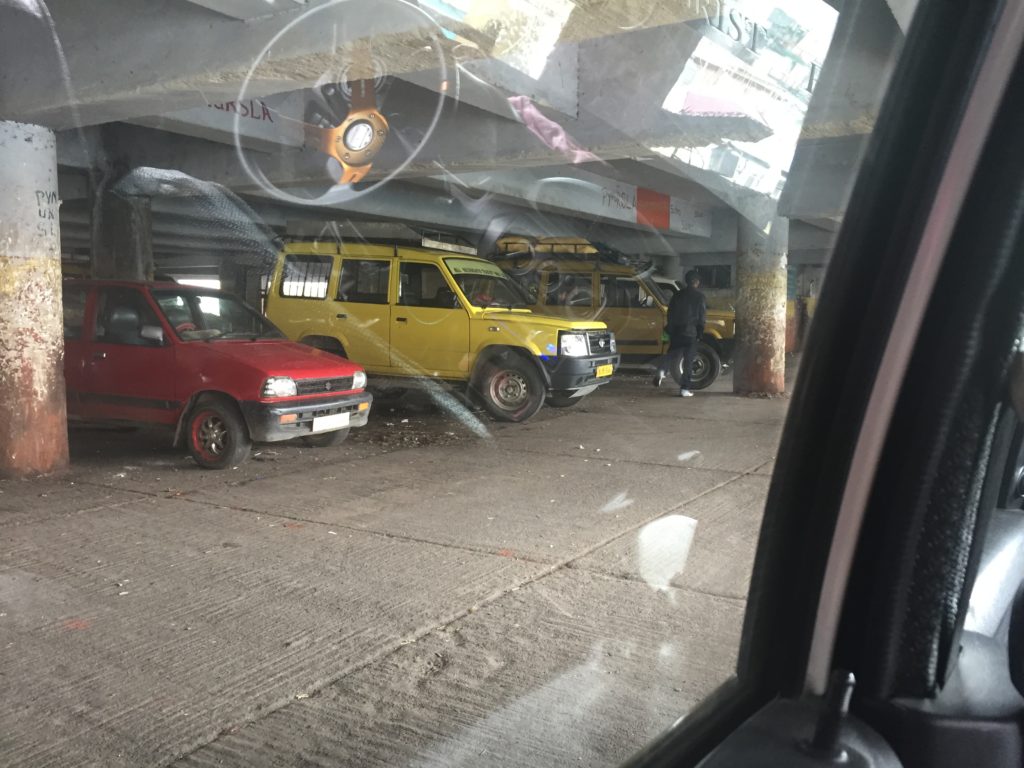
To get to Meghalaya, you fly into Guwahati airport in Assam (Shillong itself has an airport, but it’s much more expensive to get to and I’m pretty sure only gets direct flights from Kolkata). At the airport, there’s a booth where you can book shared taxis to Meghalaya’s capital, Shillong. These are small cars that seat four people. It’s 500 rupees per person for a 3-4 hour drive. The drive is lovely and tropical; I made friends with two sisters from Manipur who were traveling to Shillong for exams.
Within Shillong, transport is easy. I only traveled between the taxi stand, Police Bazaar (central Shillong) and Laitumkrah where I was staying, but I assume the same principles apply everywhere. Black-and-yellow taxis are generally available and to travel from Police Bazaar to Laitumkrah is only 20 rupees per person (you’ll be maybe 7 people in a 5 person car). In your own taxi (for example, if you are carrying luggage), the same ride is 100. Shared taxis have their own routes and so you have to check with the driver whether they’re going to the place you want to go.
To get from Shillong to Cherrapunji in the cheapest way, you’ll need to go to the Cherrapunji shared taxi stand, which is on the second floor of large car park with lots of yellow tape at the entrance. There, you’ll either find a jeep taxi or a car and pay 100 rupees per person for the two-hour drive (you leave when the jeep/car is full). It’s a great deal, but the pleasantness of the experience does depend on the driver, going through the misty rain (no visibility!) on cliff roads at 80 km/h I thought I was going to die. From the Cherrapunji taxi stand I took a private taxi to Tyrna but I recommend instead looking for another jeep taxi, since it’s significantly cheaper.
To get from Tyrna all the way back to Shillong, I took a shared jeep taxi for only 200 rupees. These fill to capacity but can carry luggage on the roof, and the drivers waterproof it with tarps. This trip took about 5 hours.
If you are traveling in a group — particularly if you’re looking to go to a lot of places in one day — I’d recommend hiring a driver for a few days. Me and the two sisters I met ended up hiring a driver for one day at 2400 total. That’s how we were able to see so many waterfalls. Alternatively, you can hire a scooty or motorcycle in Cherrapunji from 800 per day which seems both more fun and more dangerous.
Lodging
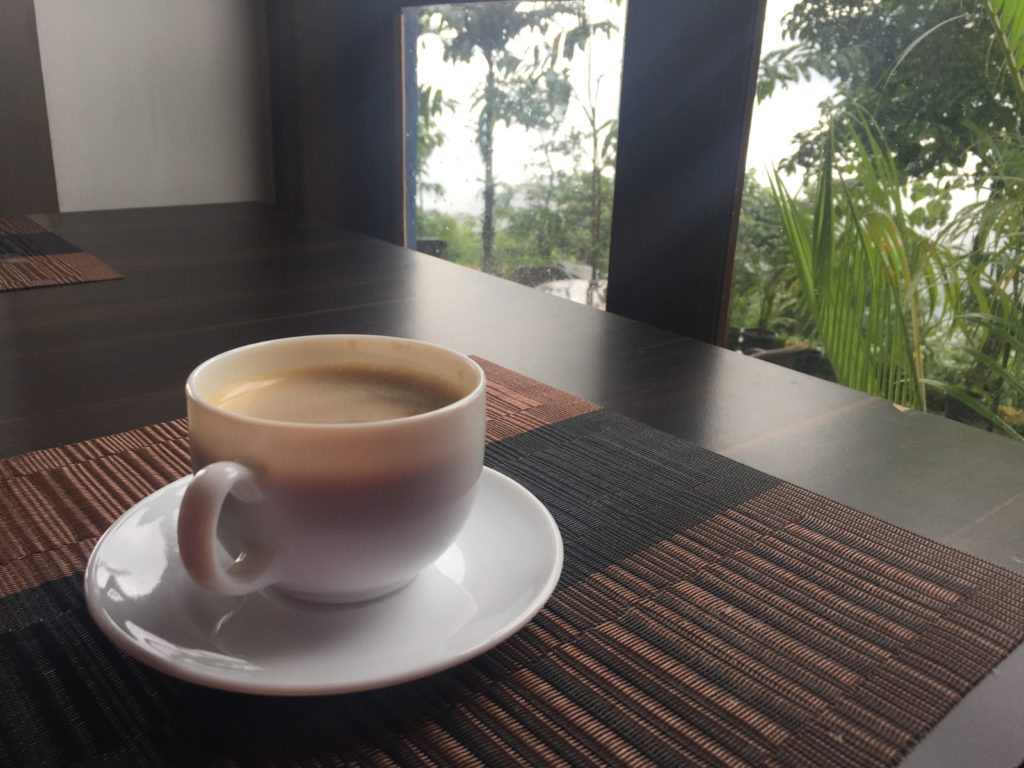
No concrete recommendations there. As my first trip I was paranoid about lodging and paid more than I usually would, but if you have an extensive budget here’s what I did:
In Shillong, I stayed in Rockski Bed and Breakfast. It was a pleasant place in a quiet area 5 minutes walking from Laitumkrah market. The breakfast (chole bhature) was also good.
In Tyrna, I stayed at the fancy Royal View Resort. It’s expensive, at almost 3000 INR per night — it’s indeed a good place to relax if you have the budget. I ended up reading 3 or 4 books here. Unfortunately, the restaurant is also expensive and not great for vegetarians: it only has Indian-Chinese options (which means, everything is cooked with Indian spices and dipped in soy sauce), and the roti is oddly tasteless. But, they have a machine that dispenses some of the best cinnamon tea I’ve ever had, I drank five cups of it both nights.
Otherwise homestays seem great and much cheaper (less than 1/3 of the price). Next time, I’ll be staying in homestays.
Other tips
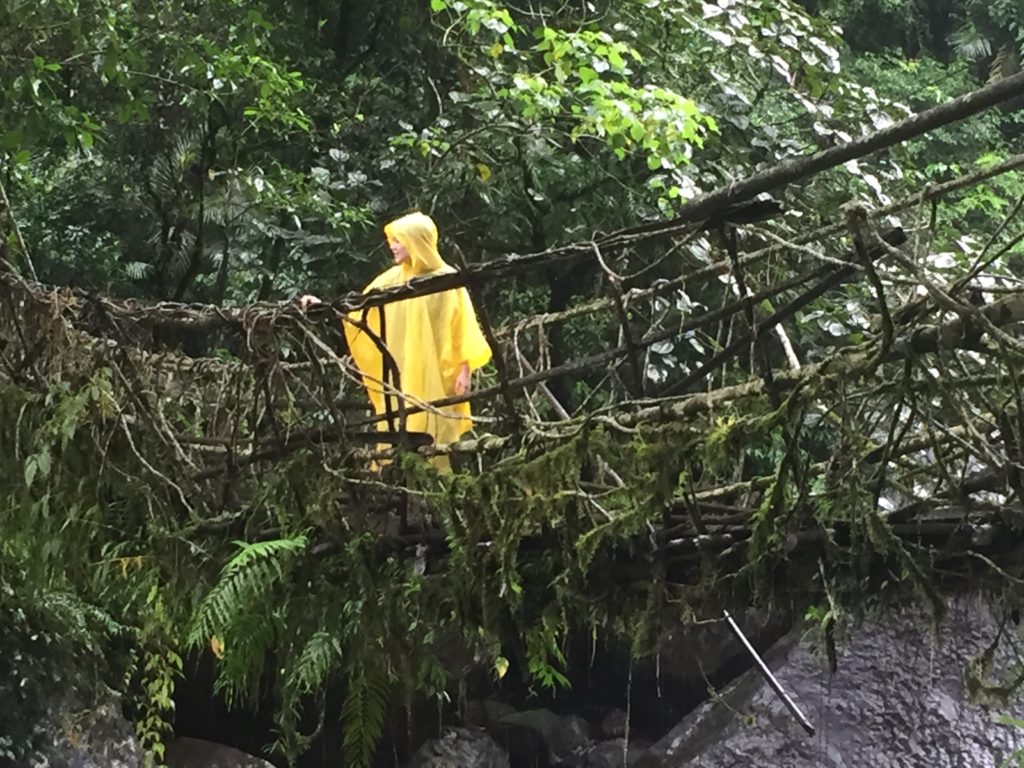
Make sure to carry lots of rain gear! September is the end of the monsoon season, but any time of year it is wet.
There’s a stereotype in North India that everyone in the North East speaks English. This is not true! Basic Hindi was very helpful to get around.
Phone signal can be bad. I’d recommend downloading the offline Meghalaya map on maps.me for peace of mind.
